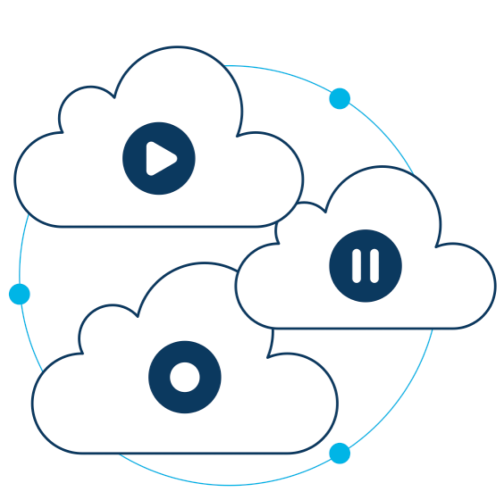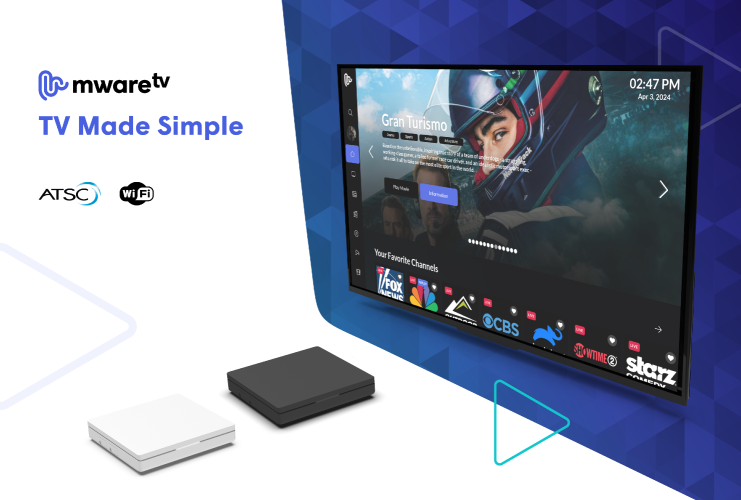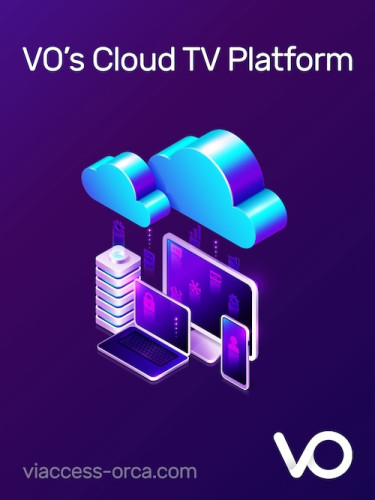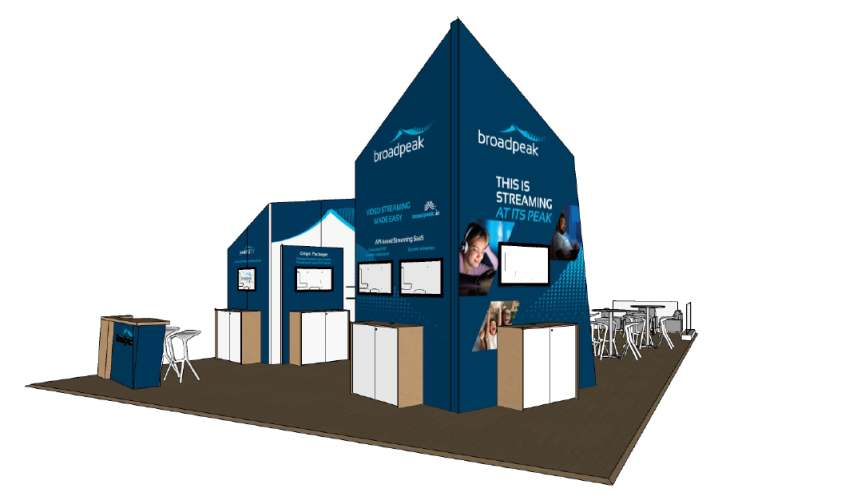In Part 1 of this series we gave a background to IPTV and explained that the two-way nature of IPTV networks offers many advantages over traditional broadcast technologies, but also presents a number of technical challenges.
In this part we will begin to examine some of the challenges faced by IPTV service providers, and the importance of Quality of Service and Quality of Experience.
Challenges in Delivering IPTV Services: the Importance of QoS and QoE
The first push by telcos into IP was primarily done as an adjunct network to their existing PSTN networks, where voice was offered over PSTN, while data was sent over the IP networks. The ability to offer IP data services came at the expense of managing a host of networks that were driving up operational and maintenance costs. Consequently the focus turned towards creating a system that could offer these services using a single IP network. Initially the primary application was data, but recently voice has been added in the form of Voice over IP (VoIP), and now video over IP services are evolving.
From an “ideal network” perspective, the long-term vision is to have an IP system that can offer converged video, voice and data services over a single network, which will allow network operators to offer bundled services at lower costs. The transition to a converged network presents a number of challenges however, as video, voice and data services each have their own Quality of Service (QoS) requirements when being transported across IP networks. For example, in order to be successfully decoded at the set-top box (STB), the transport stream carrying the video needs to arrive at a known and constant bit rate, in sequence, with minimal jitter or delay. The requirements for the successful delivery of voice or data are just as important but less stringent than those needed by video. The differing characteristics of these services all contribute to the complexity of designing, deploying and maintaining networks required to deliver high quality services to the consumer.
IP networks are, by their very nature “best effort” networks initially developed for the transport of data. As a consequence, these networks are susceptible to lost or dropped packets as bandwidth becomes scarce and jitter increases. In the vast majority of cases this has no significant impact on data services, which can cope with packet resends and packets arriving out of order as they get routed along different paths through networks. Video however is completely intolerant to the vagaries of a best effort network.
Good Quality of Service (QoS) for video requires:
- High availability and sufficient guaranteed bandwidth to allow the successful delivery of the service. Without this, video delivery will be “bursty”, causing issues at the STB which expects its data at a constant bit rate and in the correct sequence.
- Low transmission delay through the network. This impacts the response time to requests from the user’s remote control, and therefore can have a profound impact on the user’s Quality of Experience (QoE).
- Low network jitter. Jitter affects the variability of packet arrival through the network. This variability can lead to buffer under- and overflows at the receiving equipment (STB). Jitter can also impact the way packets are handled at various network elements; if the jitter is too high, packet loss will increase as queuing software tries to load balance traffic at network elements.
- Low Packet Loss. Lost packets have the greatest impact on the quality of received video and will generally lead to highly visible blocking errors.
Today’s broadcast systems have established user expectations about the television experience. To be successful, any IPTV service will have to be at least as good as (if not better than) the next best alternative, be that traditional broadcast, cable or satellite services. Quality of Experience (QoE) has therefore become a critical element of IPTV, and needs to consider items such as:
- Is the subscriber consuming more bandwidth than is provisioned?
- Are all promised capabilities being delivered (e.g. the Electronic Program Guide, the right program, etc)?
- What is the subscriber experiencing at this moment (e.g. picture quality, channel change times, etc)?
Quality of Service (which considers whether the network is delivering content adequately) is as important as Quality of Experience because good QoS provides the foundation from which high QoE expectations are more likely to be met. QoS focuses on the performance of the network and its ability to deliver content to the required standard.
Examples of quantifiable QoS measures could be:
- Where in the network is congestion occurring?
- Are there adequate VoD content servers in appropriate markets?
- Are interactions between voice, data and video causing problems within the network?
- How many IP packets are being lost, and is there excessive jitter on the physical layer?
Given that QoS and QoE are vital pointers to whether subscribers will receive a quality end product, the ability to test, monitor and measure the parameters that impact these is essential. In the next part, we will give an overview of some of the technologies involved in the successful delivery of IPTV services before going on to explore the test and measurement challenges.






























